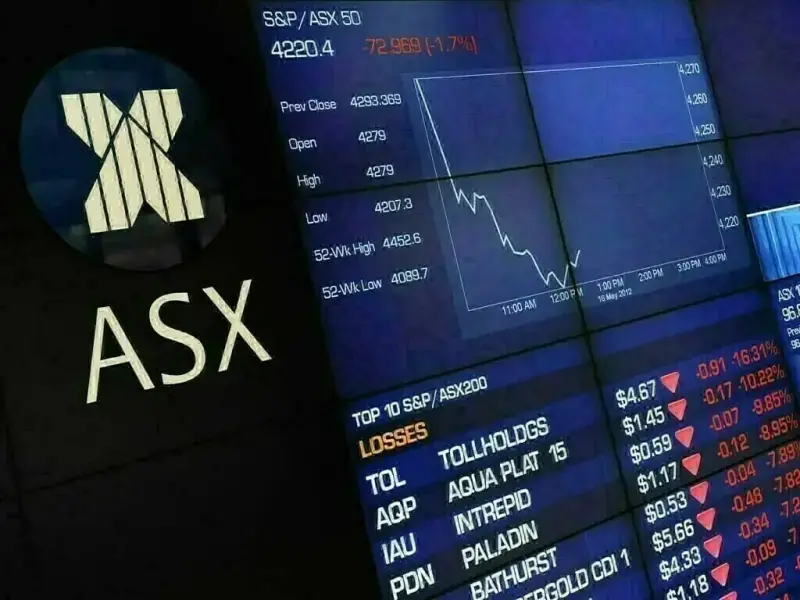By Reuters
Copyright brecorder

Australian shares slipped on Thursday, weighed down by losses in financial and healthcare stocks, while gains in commodity-linked shares helped cap broader declines, with gold stocks scaling a record peak.
The S&P/ASX 200 index lost 0.2% to 8,812.80 points by 0046 GMT.
The benchmark closed 0.3% higher on Wednesday.
Heavyweight financials lost as much as 0.9%, with the “Big Four” banks losing between 0.4% and 0.9%.
Health stocks declined 1.4%, hitting its lowest level since September 4.
The sub-index was also on track for its worst day since August 28.
Biotech giant and once Australia’s priciest stock CSL fell 1.1% to its lowest since September 4.
Meanwhile, gains across the commodity-linked firms on the bourse limited the index’s decline. Gold stocks advanced 3%, hitting a fresh record peak as bullion prices hovered near all-time highs.
The mining index rose as much as 0.9%, rebounding from the previous session’s losses triggered by a slump in global lithium prices.
The sector was buoyed by higher copper prices, and the sub-index was on track for its best day since August 27.
Iron ore miner Rio Tinto added 0.3%, while BHP Group fell 0.2%.
Lithium miner Pilbara Minerals jumped 3.5%, while Mineral Resources advanced 1%. Energy stocks rose as much as 0.6%, with oil and gas major Woodside Energy rising 0.8%.
Santos rose 0.6% after it signed a deal to supply gas to explosives manufacturer Orica.
Global oil prices settled higher as investors worried about possible supply disruptions after Poland downed drones in its airspace.
Technology stocks was 0.4% higher, in tandem with the record-hitting moves on tech-heavy Nasdaq. Sector major WiseTech Global rose 0.4%.
New Zealand’s benchmark S&P/NZX 50 index lost 0.5% to 13,210.26 points.
New Zealand’s top central banker said that the future path of the official cash rate would be guided by further data on the speed of the economy’s recovery.



